~ Then ~

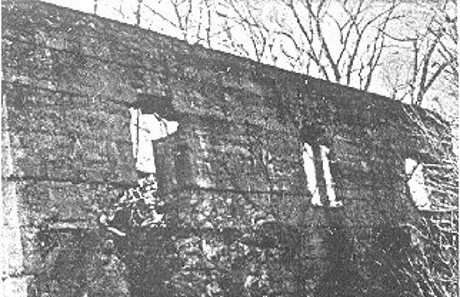
Pictured above, in an extremely rare photograph, is Charles L. Trexler posing near one of the original kilns. The canal is behind the photographer who snapped this shot shortly after the American Cement Company decided to discontinue operations in California, NY in 1916.
~ Early Spring 2003 ~
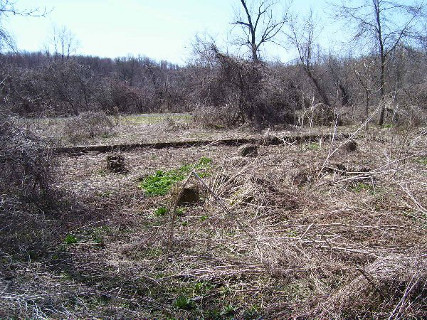
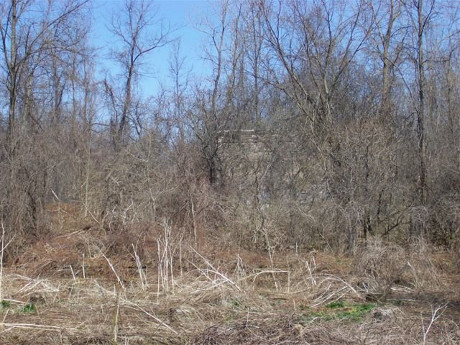
The photo on the left was taken looking north towards the Towpath and an unused and narrow section of the Old Erie Canal; which runs along the trees in the background. The stone and cement footings in the foreground are the first remnants one would find upon entering the area at this location. The photo on the right is what you would see by turning around and facing into woods... with the towpath behind you.
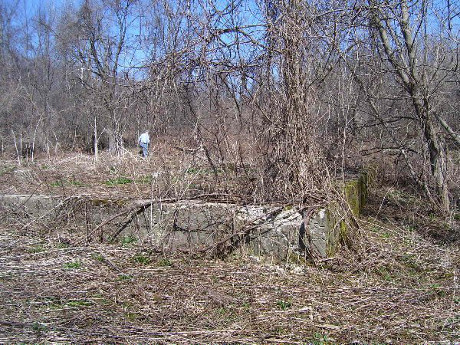
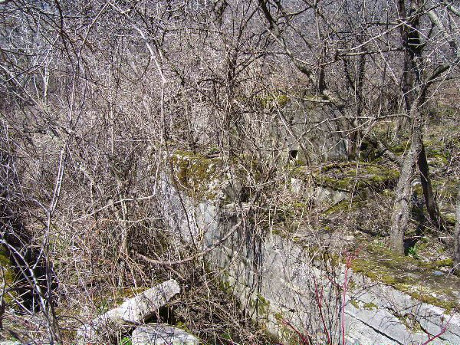
As you carefully work your way in through the overgrowth, you come upon evidence of multiple structures that once stood here.
Further bushwacking southward pays off even more; as seen in the pictures below.
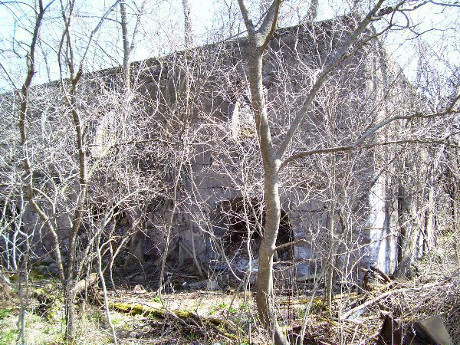
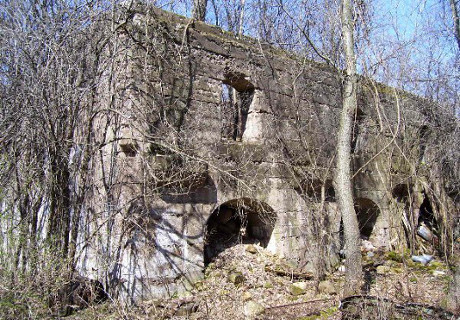
Substantial remains of the old kiln structures emerge from the thick cover of the forest which has consumed the area.
The second level of vertical style kilns has long since collapsed (or been purposely distroyed for safety reasons) within these walls.
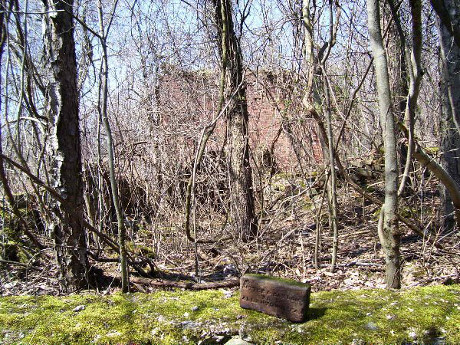
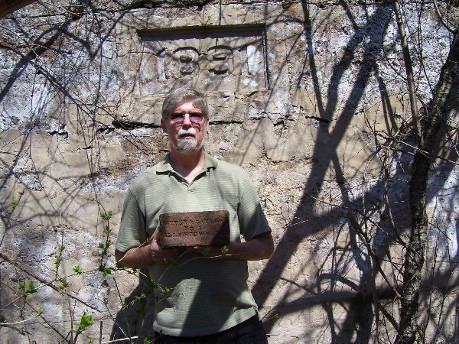
Here you can see the remains of the main brick chimney that once stood tall and proud near one of the structures. (see top left photo)
A member of our expedition, James Brooks of Millersville, MD, holds one of the chimney bricks in front of a cement kiln wall.
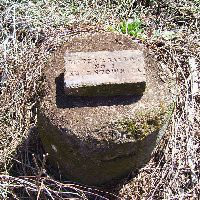
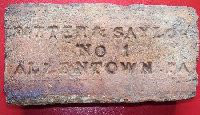
"RITTER & SAYLOR NO 1 ALLENTOWN, PA"
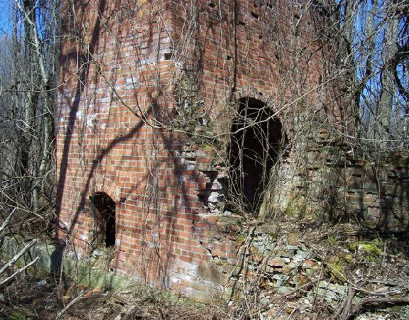
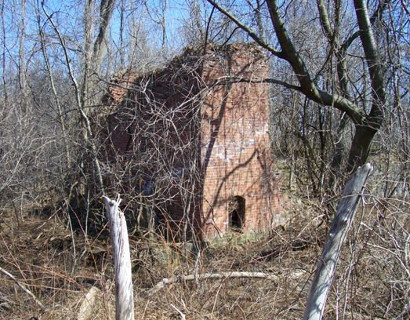
The trees on the land surrounding the Cement Factory back then provided fire wood for the chimney and the kilns.
The resulting open/cleared area has long since returned to a wild and unruly thicket that hides these cement and brick ruins.
Update Sept. 16, 2012
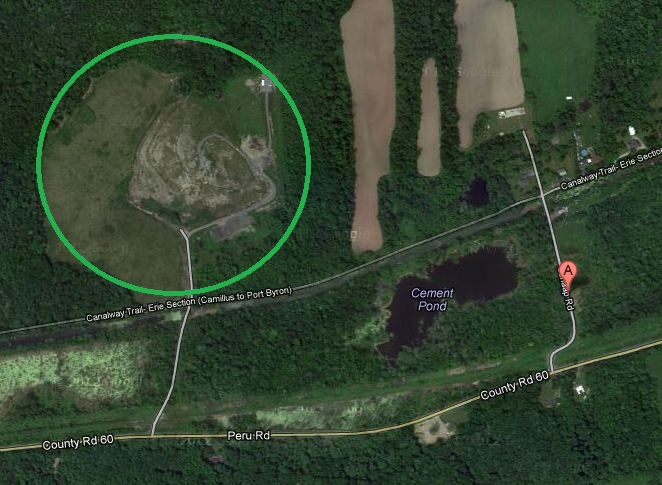
As you can see, from this Google Maps view, all of the hazardous ruins and debris have indeed been removed.
Verticle Schoeffer Style Kilns
The Stop & Go Method
"Pulverized stone was molded into brick-like forms and then placed in the kilns at two different levels.
When the kiln was full, these entrances were blocked up. This 'Stop & Go' method became obsolete in 1904."
You can find additional material and information on the modern process of making cement at the official American Cement Company website.